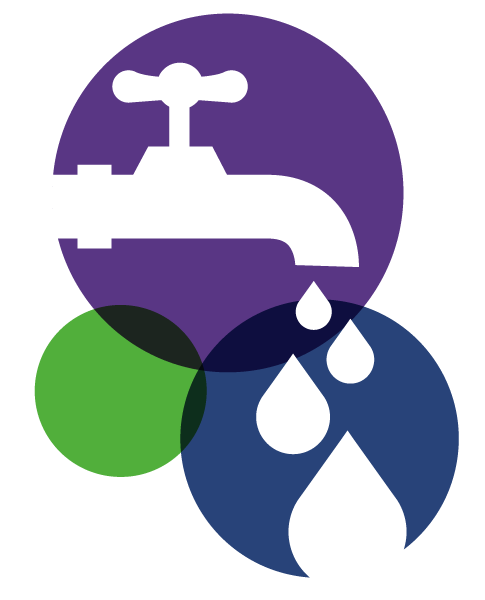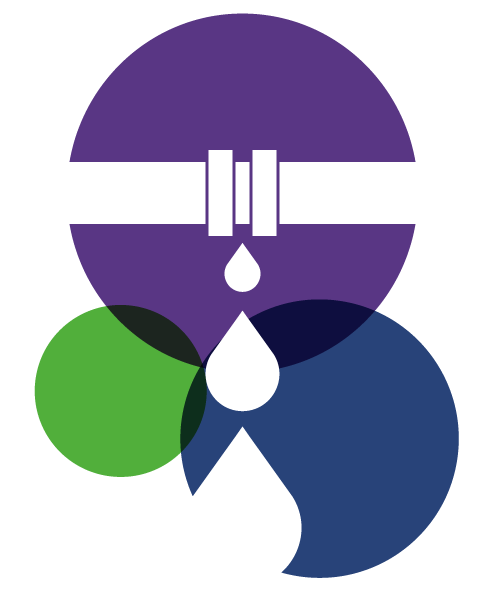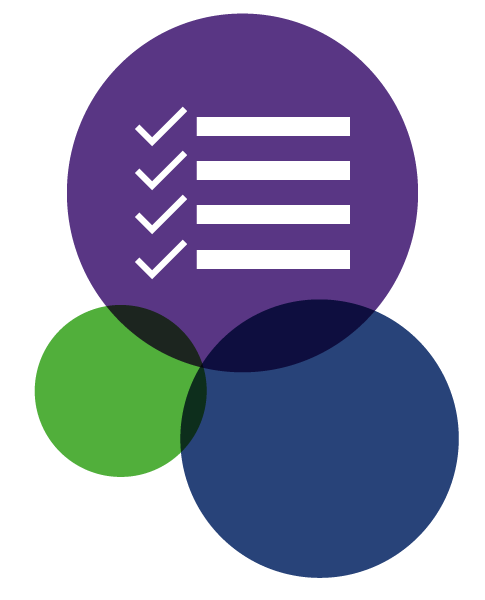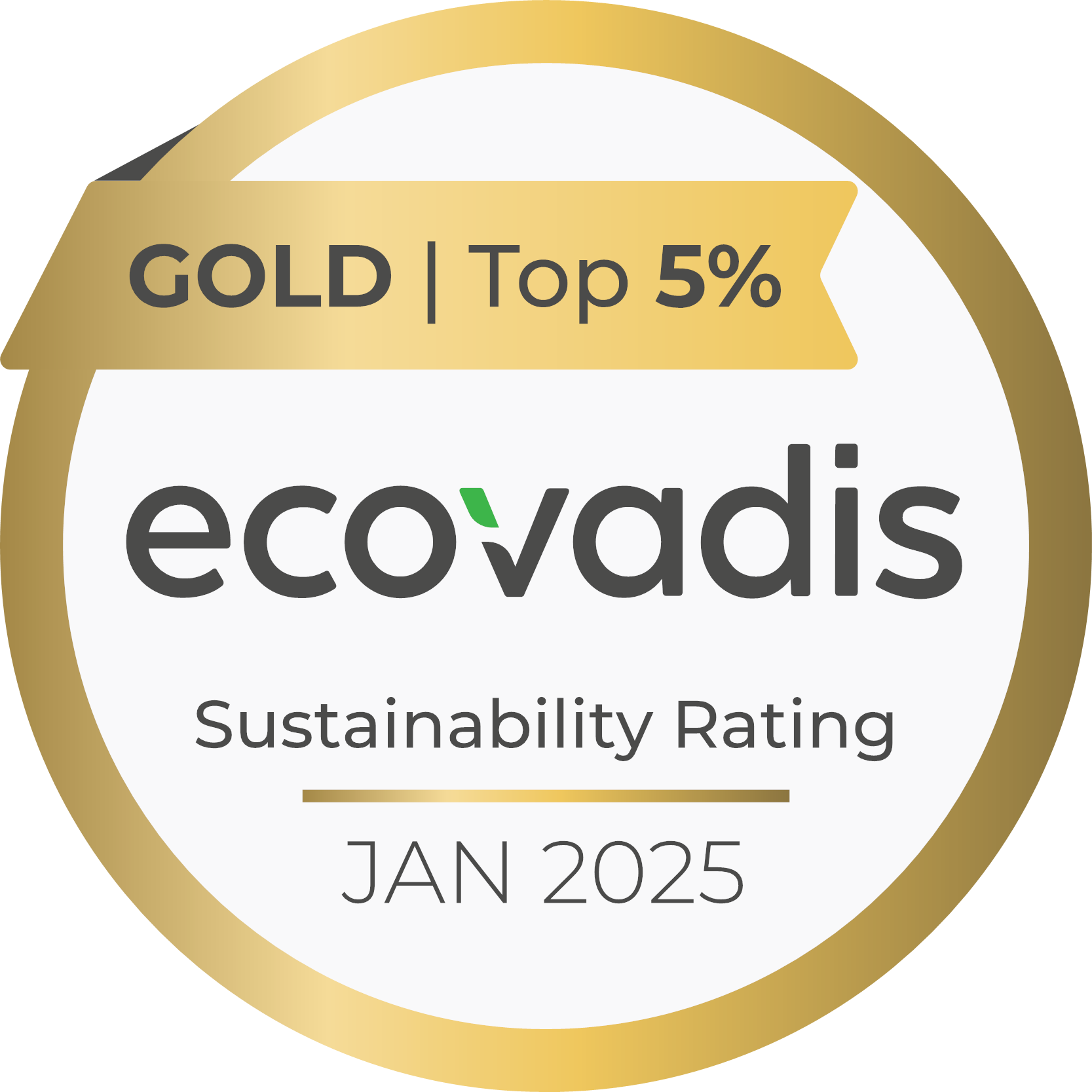What can you do?
Welcome to the starting point of your business water efficiency journey. In this section we'll outline how to create and implement an effective programme of water efficiency measures.

Find out how much you’re using
Check your recent water bills to get an idea of how much water you currently use over a certain time period.

Check for leaks
Do a quick once-over of your waterworks to make sure there are no leaks – even small leaks can waste a large amount of water!

Find out how you could improve efficiency
Use our interactive Savings Spotter tool for an in-depth survey of your workplace’s water use to see where and how you can make savings.

Make a plan
Decide what actions you’d like to take and commit to a deadline. Remember to review your water bills regularly to monitor your progress.

Step one: get to grips with your usage
Understand where you're starting from
Review your consumption and costs
Firstly, if you have a meter and it’s safe to read it, do so on a regular basis and keep a record. You’ll see trends in your water usage and be able to identify potential leaks.
Secondly, review your bills too. This way you can compare your actual consumption against your charges and check that they’re accurate.
Finally, if your business has other sites similar to yours, ask to see their bills too. How does your usage compare? Can you learn anything from different processes, approaches or equipment which might be making the difference?

Step two: check for leaks
They're the most common cause of increased consumption
If you have a water meter, use it to check for leaks.
Choose a time when the business is closed. Make sure that no water is being used. With your internal stop valve open, check your water meter.
If the dial doesn't turn - great news - you don't have a leak! Be aware that it can be difficult to tell if the meter dial is turning. One way to make sure is to note your meter reading, then to leave it overnight or for a number of hours with everything switched off.
If your dial is turning or the meter reading has changed after leaving it for a few hours, it's likely that you have a leak.
Call a plumber straight away, to ensure that leaks are located and rectified before they can cause damage to your property.

Step three: give yourself an efficiency audit
This DIY checklist will help you structure your search
Now's the time to get started with your efficiency audit. Download our checklist here and use it to carry out a self-assessment of your business.
It'll guide you round your business in a structured way, pointing you to areas which are common causes of water inefficiency and waste.
You can use it to make notes, scribble down ideas, and keep track of any water efficiency opportunities that you identify.
Step four: make a plan
Decide who's going to do what and when.
There are just a few stages to consider when putting your plan together.
Digest
Now that you’ve completed your water audit, we hope you’ve identified a range of potential actions to help reduce your water use. Now’s the time to go back over what you’ve learned and noted. Consider which options might be quick and easy to implement and which might take more time and investment.
Plan
Having given some real thought to your options, put a plan together for implementing them. Think about…
1. Phases
Can you do the quick wins first, add the rest to later phases? Perhaps some stages depend on others being completed first? Breaking your list down into smaller chunks will help keep things manageable.
2. Timescales
How quickly can you start? When do you aim to complete each of your phases by?
3. Responsibilities
Who will be responsible for each part of your plan? Who else will need to be involved?
Implement
Once your plan is in place and you know who’s doing what. It’s time to get started on the fun part of making it all happen.
Communicate
Once you have your first efficiency measures in place, make sure that you tell your wider team about everything you’ve done and what else you’ve got planned. Explain what you need them to do to help make it a success.
Review
After your programme of efficiency measures has been in place for a few months, review your consumption to check how much of an impact you’ve made.
Share
Make sure you share the successes you’ve had around your team. Thank them for their help and inspire them to keep it up.
Check out our top tips
If you want to skip straight to the inspiration, take a look at some of these common workplace water-saving tips.
Download workplace tools




